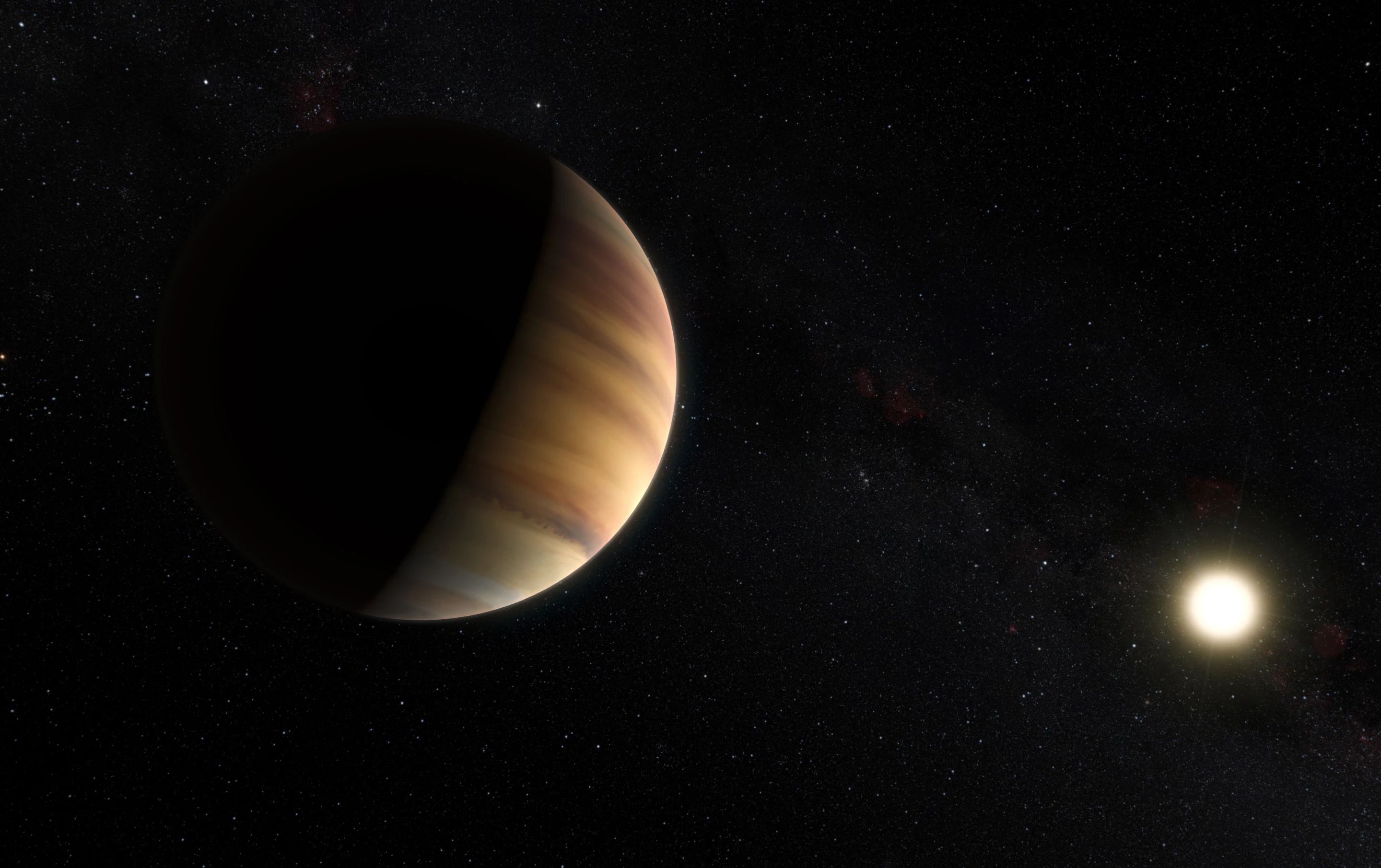A team of ESO astronomers working from the La Silla Observatory, Chile, has detected the first direct reflection of light from an exoplanet orbiting a Sun-like star. The exoplanet, 51 Pegasi b, is what is known as a hot Jupiter, a prevalent form of gas giant that sits much closer to its parent star than our own Jovian neighbor.
This particular gas giant is no stranger to fame, 25 years ago 51 Pegasi b made the (scientific) headlines for being the very first exoplanet to be discovered around a star sharing the same core characteristics as our own Sun.
Back then, and still now, the primary method of detecting an exoplanet was to observe distant stars for a prolonged period, and look for a dip in brightness as an orbiting planetary body made a transit across the disk of the distant light source. From this occultation, astronomers are able to discern many characteristics of an exoplanet, including its atmosphere, with varying degrees of certainty. This method is known as transmission spectroscopy. However, the established method has severe limitations, as it is unable to detect and characterize any planets whose orbits do not lie directly between their parent star and Earth.
The recent observation was made using the High Accuracy Radial velocity Planet Searcher (HARPS) instrument mounted on the ESO's 3.6 meter telescope. By using the spectrum of light thrown out from the parent star as a template, and looking for the same light signature reflecting off the atmosphere of the exoplanet as it made its orbit, the team was able to directly observe 51 Pegasi b.
The beauty of being able to directly image a planet is that you do not have to depend on the heavens quite literally aligning, allowing for more frequent and in depth analysis of distant planets that may otherwise have been undetectable.
“This type of detection technique is of great scientific importance, as it allows us to measure the planet’s real mass and orbital inclination, which is essential to more fully understand the system" states Jorge Martins of the Instituto de Astrofísica e Ciências do Espaço, and the Universidade do Porto, Portugal, and lead of the team which made the new observation. "It also allows us to estimate the planet’s reflectivity, or albedo, which can be used to infer the composition of both the planet’s surface and atmosphere."
However there are significant difficulties in employing the technique, at least on the observatories currently available. For one, the light cast out by the parent star is liable to drown out the relatively feeble reflection exhibited by an exoplanet, and the issue is compounded by the various noises and effects that work to distort detailed images of distant celestial objects.
However, the success of HARPS in directly observing 51 Pegasi b stands as testimony to the workability of the imaging technique, and it looks set to become even more effective.
The new method will benefit from the next generation of observatories that are currently under construction, such as the European Extremely Large Telescope, a 40 m (131 ft) class monster that will have the capacity to return images 16 times sharper than any taken by the Hubble Space Telescope. In the meantime, the team is anticipating first light from the ESPRESSO spectrograph mounted on ESO's imaginatively named Very Large Telescope at Cerro Paranal.
The Jupiter-like gas giant 51 Pegasi b and her parent star are both part of the public naming contest being held by the International Astronomical Union. Those wishing to give the storied star a more fitting designation can submit their proposals to the NameExoWorlds portal.
A paper outlining the team's research has been published in the journal Astronomy & Astrophysics.
Source: ESO




